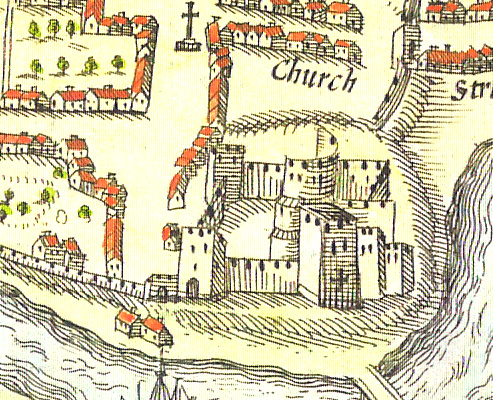Home | Main Menu | Castle Index | Historical Essays | Recommended Castles | What's New | Links
Cardigan Castle Timeline 
Text copyright © by John Northall
With acknowledgements to www.Cardigancastle.com,
CADW and www.glen-johnson.co.uk/cardigan-castle-a-history.


